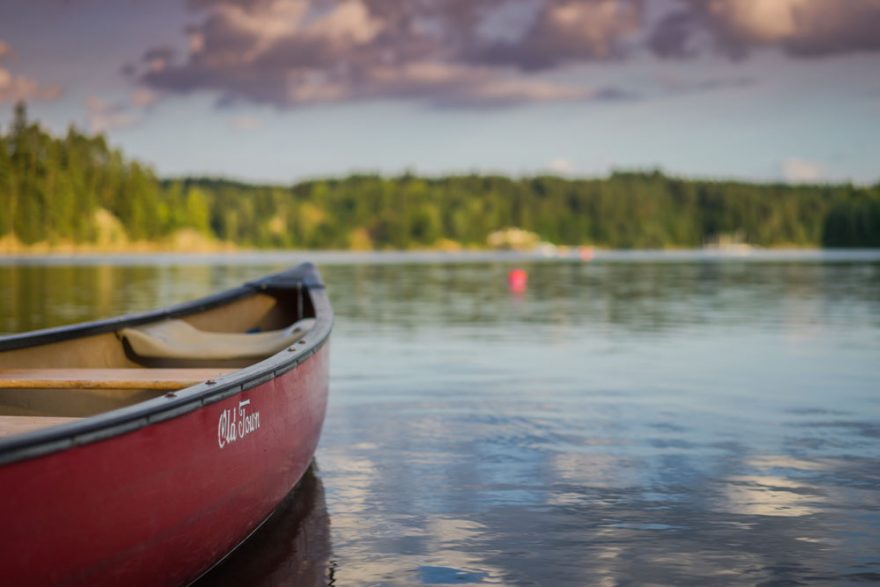
A canoe offers limited space, so it’s worth taking the time to plan what you will be taking with you carefully. Securing your gear is even more important. When you’re combating heavy winds, fast currents, and big waves, anything can happen.
We offer our top tips for how to properly pack and when to secure your gear, so you won’t have to worry about chasing after or losing any precious belongings on your next trip.
Start With A Checklist
It may seem obvious, but having a list in place will make it much easier to determine what you do, and don’t, need to take with you on your trip. It may be worth keeping a digital copy that you can go back to and edit. That way, if you find that you missed something out during your last trip, just add it in and make sure you’ve got it with you next time.
You should consider your route and itinerary and then adjust your list accordingly. Once you’ve got a draft going, go over it again and get rid of any non-essentials. Remember, you’ve got limited space, and most people tend to over-pack. In this case, it’s best to travel light, so reduce your list if you can.
Check Your Gear
Before you head out, you want to make sure you carefully inspect your equipment. Ideally, you will be doing this well in advance, so that if anything needs to be fixed or replaced, you’ve got plenty of time to address the issue. Seeing all your stuff laid out will also give you a better idea of how much space everything takes in, so you can determine whether or not it will all fit. Now is also a good time to rethink any remaining non-essentials.
Keeping It Dry
If you’ve been canoeing before, you’ll know that water will end up entering your boat. If you want to keep your stuff dry, then you will need to waterproof it. You can do this one of two ways. You can use waterproof containers, or you can use heavy-duty plastic bags.
Either option comes in a variety of sizes and shapes, so you should be able to find something that is suitable to your needs. Some people prefer to use vinyl dry bags with transparent sides, which make it easy to find the items you need quickly. On the other hand, if you’re dealing with fragile items, then you may prefer a harder case.
Securing Your Gear
Tying your stuff down will ensure it remains safe in the event of swamping. Furthermore, it will allow you to maintain stability when dealing with rough waters, as it will stop your gear from shifting around.
When you secure it, be sure to use bungee cords, tie-down straps, and quick-release knots. Your aim is to make it easy to remove gear when and if you need to. That’s why you should try and keep it simple, so you’re not dealing with anything complicated on multi-day portages or during emergency maneuvers.
When you’re facing a great brawny river with long rapids, you want to make sure you have your stuff tied in. It will be difficult enough to rescue your canoe if it capsizes, so trying to recover your gear will be even worse.
Float Free Philosophy

Tying your gear may not always be the best approach. Indeed, in some situations, the float free philosophy may make more sense. If you’re dealing with shallow and pool-drop rapids, then it may be best not to tie your stuff down. Of course, there are always exceptions, so you should consider each option carefully, depending on where you intend to use your canoe.
Consider a pool-drop river. If you’re traveling with other canoes and yours were to capsize, then your pack should float into the pool. At this point, your traveling companions will be able to help you out and rescue your gear too. In this instance, it’s better to leave your gear free, since the alternative could end up causing you issues. You wouldn’t want your submerged equipment to scrape, or loose straps to snag a rock or branch.
When trying to decide whether or not to strap your gear in, take into account whether or not you have a covered canoe, your route, your traveling companions, and your skills. If you choose to tie it down, just make sure you don’t leave any bits dangling out, as these may end up catching on something. Your stuff should be secure enough so that it can double as flotation.
 Your Privacy Choices
Your Privacy Choices
 The
The